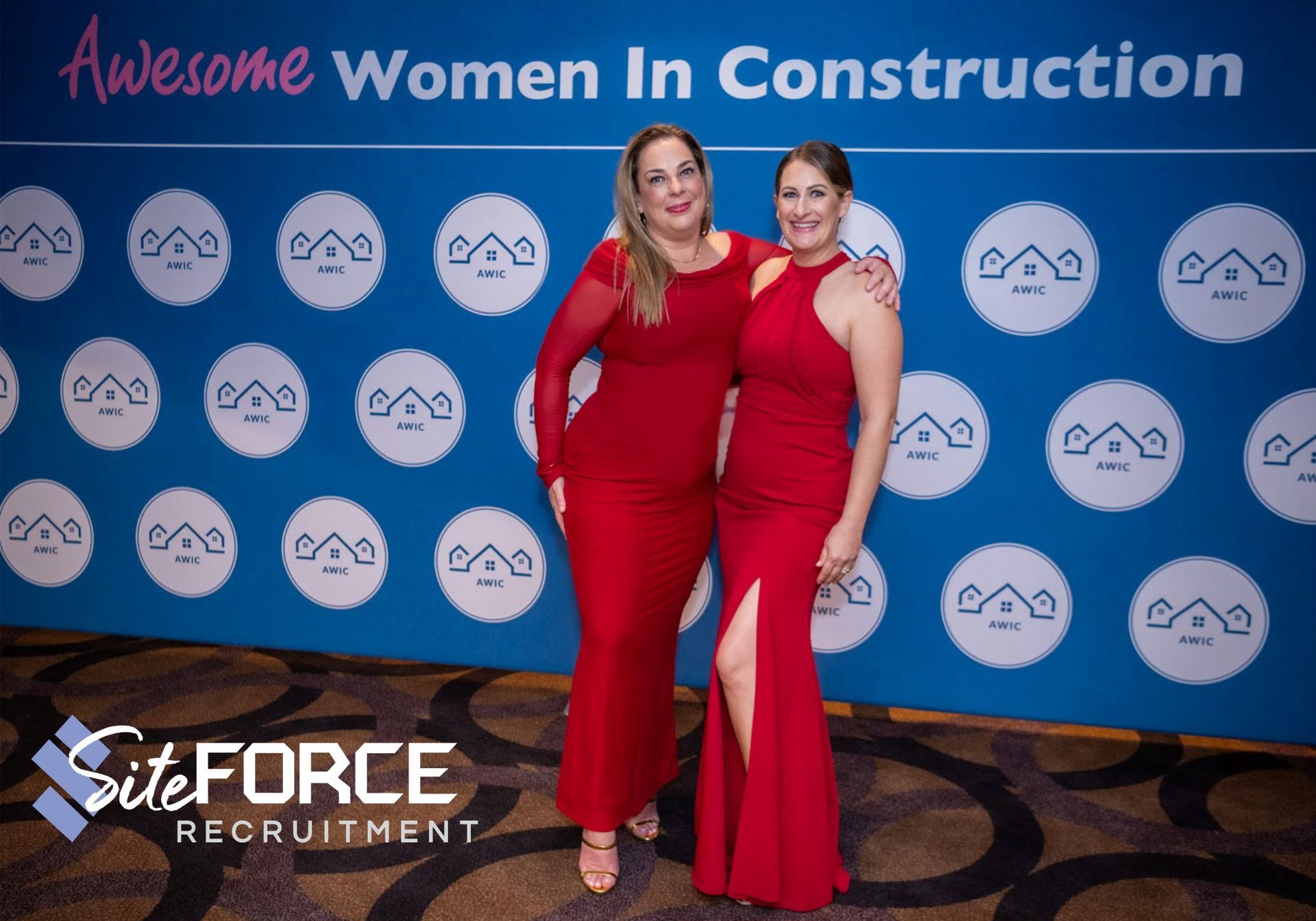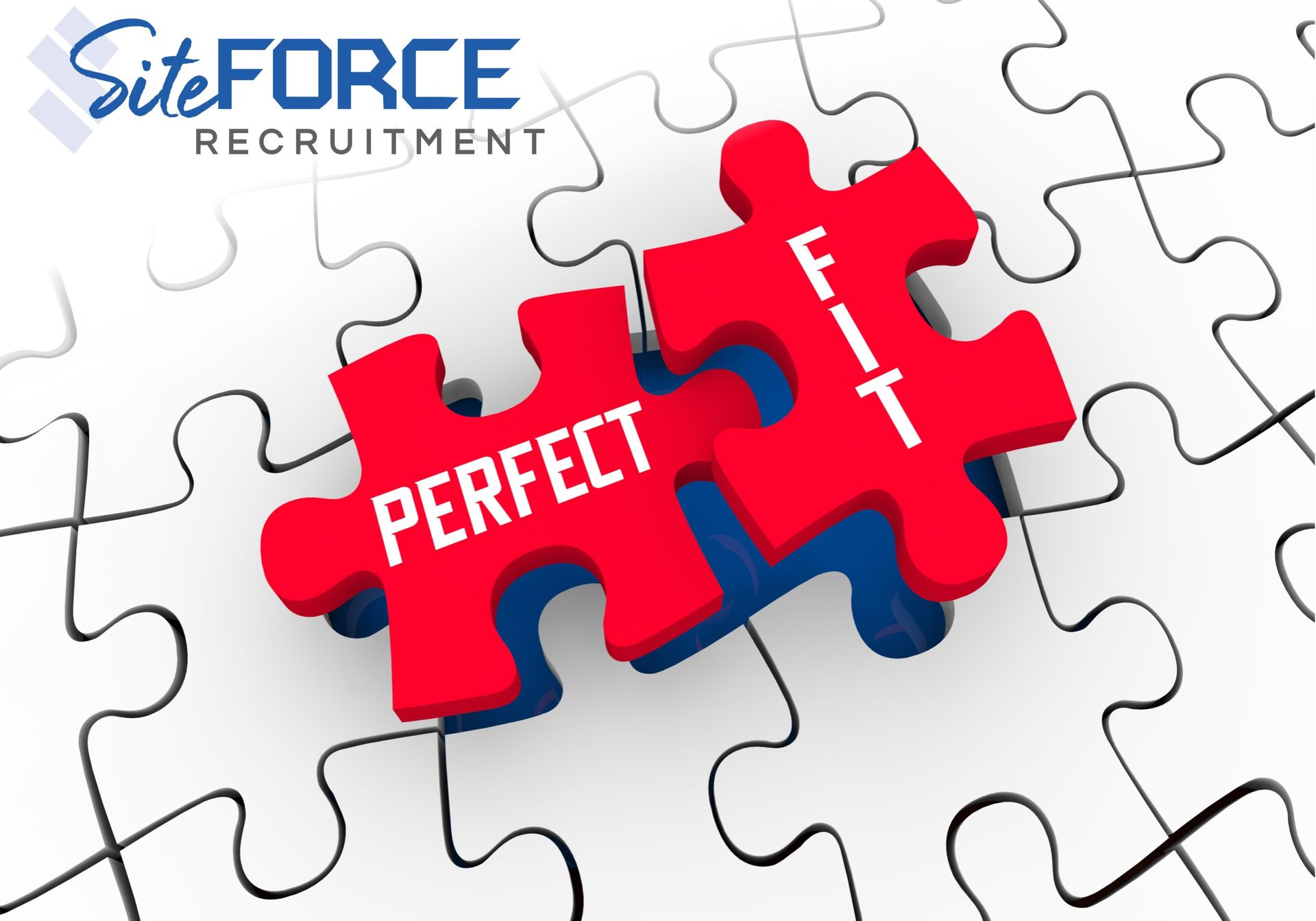Builders: Time To Stay In Your Lane or Shift Sectors?
Navigating Workers, Choosing Clients Well and Managing Sustainable Growth

We are all familiar with the increased government funding of infrastructure and housing projects meant to address urgent challenges from equitable access to jobs, homes, and services. KPMG, in their ‘2023 Global Construction Survey', states: "Over the last decade in Australia, we've seen pressure on margins achieved and a rise in construction companies in liquidation, receivership or administration, but ample opportunities lie ahead".
The Australian construction industry is poised for a breakthrough as organisations and contractors recalibrate how they partner together and deliver work, and what work to seek out. Is it time to seek out the abundant opportunities being offered, or should they stay in their lane and continue doing what they have been doing but do things better?
They are complex questions that need to involve your accountants and business advisors. As I'm heavily involved in the industry, I've had many talks with builders and clients and what they are facing currently. I know that success hinges on the careful selection of your workers, and clients, and a strategic approach to costs, growth, and reputation.
In this dynamic industry, builders and subbies who strike the right balance are poised to contribute significantly to the ongoing development and transformation of Australia's built environment.
Amongst the discussions, these five common questions come up that I'll give my views on:-
- How to navigate the next generation of workers;
- Choosing clients well;
- Costs and changing the 'race to the bottom';
- Stay in our lane and do it better or shift focus (e.g. residential to commercial)
- Managing Sustainable Growth.
Navigating The Next Generation of Workers
The Australian Constructors Association commissioned BIS Oxford Economics to report on the industry and update data. It found in a survey, less than one-third of Gen Z respondents would consider a career in the built environment. There was a call for industry reform to be able to maintain a workforce large enough to deliver the substantial pipeline of work it is being called on to deliver.
In the eyes of the next generation of workers, construction is an industry that is stuck in the past. More businesses fail in construction than any other industry that operates on wafer-thin margins with workers under pressure. This generation looks at an industry that works long hours, suffers high stress levels and is six times more likely to die from suicide than from a workplace incident. Diversity is low, and women make up only 12 per cent of the workforce.
Being an employer of choice, with an excellent reputation and great culture is becoming even more crucial to finding, attracting and retaining skilled workers. That means to build a solid future in the industry, builders need to ensure their teams are solid with clear values, clear workplace benefits, diversity and inclusion, and a model that considers and delivers on quality-of-life for their workers. The link between improved culture, improved productivity, and industry sustainability is strong. Companies need to transform, and they must transform now.
You can read more on the topic about multi-generational workers and creating great cultures that attract and retain great candidates in my articles below:-
https://www.siteforcerecruitment.com.au/boomers-zoomers-beyond
https://www.siteforcerecruitment.com.au/workforce-management-with-different-age-groups
https://www.siteforcerecruitment.com.au/tradespeople-needed-to-build-a-stronger-construction-industry
https://www.siteforcerecruitment.com.au/rebuilding-the-building-culture-in-construction
Choosing Clients Wisely
According to a study conducted by the Australian Construction Industry Forum, "Collaboration and shared values between builders and clients are fundamental to project success." The research highlights the significance of aligning values and expectations for a successful collaboration. This article explores the intricacies of the Australian construction industry, offering insights into the art of client selection and providing valuable tips for builders to navigate the delicate balance between expansion and risk management.
The success of a construction project is often influenced by the builder-client relationship. Builders who carefully select their clients enhance their chances of delivering successful projects on time and within budget. One key consideration is aligning values and expectations. This goes way beyond payment terms. Builders should seek clients whose vision, goals, and ethical standards resonate with their own. That means they need to have an established culture that is desirable themselves. This alignment not only fosters a harmonious working relationship but also lays the foundation for a successful collaboration.
Communication is another critical factor in client selection. Clear and transparent communication from the outset helps manage expectations and reduces the likelihood of disputes down the line. Builders should prioritise clients who are open to effective communication, ensuring that both parties are on the same page throughout the project lifecycle.
It is also important that besides mandatory and standard insurances, you consider 'Trade Credit Insurance' and that you work with an industry specialist credit service to help you understand if your prospective client has the capacity to pay. Credit risk management is a vital tool used to protect the financial health of your business when choosing clients to work with. You can read more about this topic in my article:
https://www.siteforcerecruitment.com.au/protecting-your-butt-your-employees-butt-your-kids-butts-lets-talk-insurances
Costs and changing the race to the bottom
Expanding a business rapidly brings with it the need to factor in higher costs, a critical consideration for sustainable growth. The allure of increased revenue potential can sometimes overshadow the associated expenses, leading to financial strain if not adequately anticipated. Rapid expansion often requires increased investments in infrastructure, technology, human resources, and compliance measures. Overlooking or underestimating these costs can result in cash flow challenges, jeopardising the financial stability of the business. You can, in fact, get the opposite of what you were trying to achieve if not done strategically.
Successful expansion or sector change strategies involve meticulous financial planning, ensuring that the organisation has the necessary resources to support its growth trajectory and absorb the additional expenditures that come with scaling operations. By conscientiously factoring in higher costs, businesses can navigate the complexities of rapid expansion and build a foundation for long-term success.
It is even more crucial in construction, in my view, from looking at the industry's past tendencies. The Oxford Economics report stated there was significant wastage through inefficient tender processes. Still, the bigger problem is a myopic focus on achieving value by selecting the lowest price at the tender box. This focus on cost has created a 'race to the bottom', which has led to many of the issues the industry is facing today.
Given the volume of construction work coming up for tender, builders delivering the projects or wanting to move into another tier or sector can change the focus from one of staying alive by offsetting risk and litigating to recover losses, to one driven to deliver improved value for all stakeholders. Time and cost are the standard values, but a broader value generated to the community and health of the industry throughout the build and the life of an asset should also be considered. This only happens by aligning all parties to achieve the desired value outcomes and documenting this in the contracts. Recent history has shown that the best results are achieved through the use of more collaborative forms of contract that incentivise and focus everyone on achieving the vest for project outcomes, rather than use of the traditional forms of contracts. The report indicated a procurement model necessary for a successful enterprise model should include: -
- A focus on long-term system performance and future operation;
- Developing an ecosystem of partners and suppliers, with more integrated relationships, providing the opportunity for early engagement;
- Reward-based on value added to the overall outcomes, not on time or volume;
- Risk allocation aligned with capability rather than transferred through tiers of the supply chain.
Managing Sustainable Growth
While growth is a natural ambition for any business, managing sustainable growth is paramount in the construction industry. Whether the decision is to stay in your lane and do things better or change focus and move into a different sector, builders should adopt a strategic approach that balances expansion with stability. A focus on the following key areas can contribute to sustainable growth:
1. Financial Planning
Builders should conduct thorough financial assessments before taking on all new projects. This includes evaluating cash flow, budgeting for potential risks, and ensuring that sufficient resources are available to meet project demands.
2. Skilled Workforce
A growing business necessitates a skilled and adaptable workforce. Builders should invest in training programs to enhance the capabilities of their teams, ensuring they can handle the complexities of larger and more challenging projects. Ensuring you have the right professional partner to recruit the right people for the right job is essential in today's climate. Find out more about how we can help you to stay agile and efficient with staff in our article: https://www.siteforcerecruitment.com.au/unlocking-choice-efficiency-and-agility-in-construction
3. Technology Integration
Embracing technology is essential for sustainable growth. Builders should leverage construction management software, project tracking tools, and other technological advancements to streamline processes, enhance efficiency, and minimise the risk of errors.
4. Risk Factors of Growing Too Quickly or Changing Sectors
While growth is desirable, expanding too rapidly or moving into a different sector in the industry can expose builders to a range of risks. It's crucial to identify and mitigate these potential pitfalls.
5. Financial Strain
Rapid growth can strain financial resources, leading to cash flow problems and an inability to meet financial obligations. Builders should carefully assess the financial implications of expansion and secure adequate funding if necessary.
6. Quality Control Issues
Managing quality can become challenging when scaling operations quickly. Maintaining the same level of craftsmanship and attention to detail becomes imperative to avoid compromising the reputation of the business.
7. Regulatory Compliance
Expanding into new markets or taking on larger projects may expose builders to unfamiliar regulatory landscapes. Failure to comply with local regulations can result in legal issues and delays, emphasising the need for thorough research and compliance measures.
Conclusion
The Australian construction industry offers abundant opportunities for builders to thrive, but success hinges on having the right team with you on the journey, careful client selection, careful contract management and a strategic approach to growth.
Whether you decide to stay in your lane and do things better, or move into a new sector, by aligning values, communicating effectively, and adopting sustainable growth practices, you can establish a solid foundation for long-term success.
As you continue to evolve and expand, harnessing the benefits of our services is a strategic move that can drive success and sustainability within this thriving sector. Using SiteForce Recruitment as your choice for recruitment and labour-hire means that we have become invaluable partners and the provider of choice for many of the Australian construction industry.
Our ability to provide a strategic, flexible, skilled, and efficient workforce, coupled with cost-effectiveness and compliance adherence, significantly elevates construction projects and companies to navigate the ever-changing demands of the industry while achieving optimal productivity and profitability.
Our Superpower
Our leading 'superpower' is attracting and retaining quality team members who share our values of honesty, integrity, diligence, and service, allowing us to deploy quality team members on client sites quickly.
Our team member's superpower is being motivated, prepared and ready to enthusiastically contribute to the projects at hand, more than just a pair of hands.
Related articles:
Read other informative articles for both employers and workers at:
https://www.siteforcerecruitment.com.au/blogs
Chantal Penny is the Director with Superpowers of SiteForce Recruitment. A thought leader in the industry, Chantal, based on her expertise and industry perspective, offers unique guidance, inspiration, and influence in the industry. Chantal Penny is also a thought leader in the industry with her Podcast, Talent Instinct, which is available at
https://talentinstinctpodcast.libsyn.com/site
At SiteForce Recruitment, we specialise in labour-hire and permanent recruitment in the construction industry. We are committed to valuing people, safety and wellbeing, collaboration, trust and, of course – results!
CONNECT with us via our contact page or bookings links on our website if you are looking to recruit for, get your dream job, or join our amazing labour force team.
#siteforcerecruitment #recruitment #labourhire #brisbanejobs #jobsinconstruction #talentinstinct











